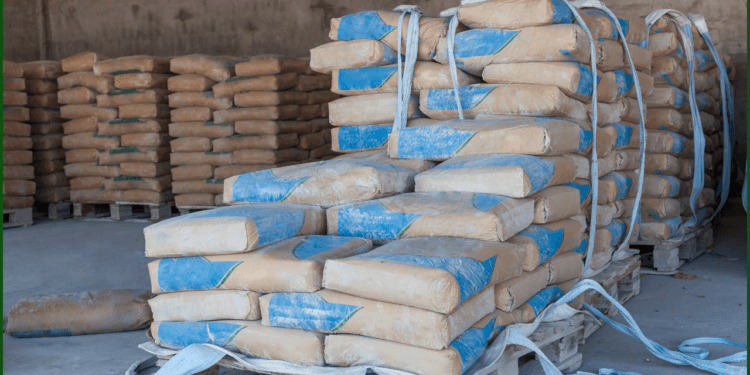Pakistan’s cement sector witnessed a notable downturn in March 2025, with total despatches dropping by 9.48% to 3.569 million tonnes from 3.944 million tonnes in the same month last year, according to the latest figures from the All Pakistan Cement Manufacturers Association (APCMA). The decline reflects a significant contraction in local demand, though export performance showed resilience, particularly from southern mills.
Domestic cement despatches bore the brunt of the slump, falling 11.31% to 2.961 million tonnes in March 2025, down from 3.338 million tonnes in March 2024. Meanwhile, exports remained nearly flat at 608,614 tonnes compared to 605,142 tonnes a year earlier, masking stark regional variations. North-based mills saw a dramatic 85.15% plunge in exports, shipping just 18,508 tonnes compared to 124,672 tonnes last year. In contrast, South-based mills ramped up overseas shipments by 22.82%, reaching 590,106 tonnes from 480,470 tonnes, buoying the overall export figures.
Regionally, the North-South divide was evident. Northern mills despatched 2.450 million tonnes in March 2025, a 14.54% drop from 2.866 million tonnes the previous year, while southern mills posted a modest 3.96% increase, despatching 1.12 million tonnes compared to 1.07 million tonnes in March 2024. Local sales followed a similar trend, with northern mills supplying 2.431 million tonnes (down 11.33%) and southern mills delivering 529,750 tonnes (down 11.23%).
Over the first nine months of the fiscal year (July 2024–March 2025), total despatches slipped by 1.48% to 33.993 million tonnes from 34.503 million tonnes in the prior year. Domestic demand weakened significantly, declining 6.61% to 27.461 million tonnes, while exports surged 28.08% to 6.532 million tonnes, driven largely by a 33.28% increase from the South. Northern exports grew more modestly at 7.76%.
Industry experts attribute the domestic slowdown to rising construction costs and economic pressures curbing infrastructure projects. An APCMA spokesperson highlighted cement’s critical role in employment and allied sectors, urging the government to consider tax and duty relief in the upcoming budget to boost affordability and revive demand. “The industry is at a crossroads,” he said. “Policy support could turn the tide.”
As Pakistan navigates these challenges, the cement sector’s fortunes may hinge on balancing export gains with revitalizing the home market—a task that could define its trajectory in 2025.

















































